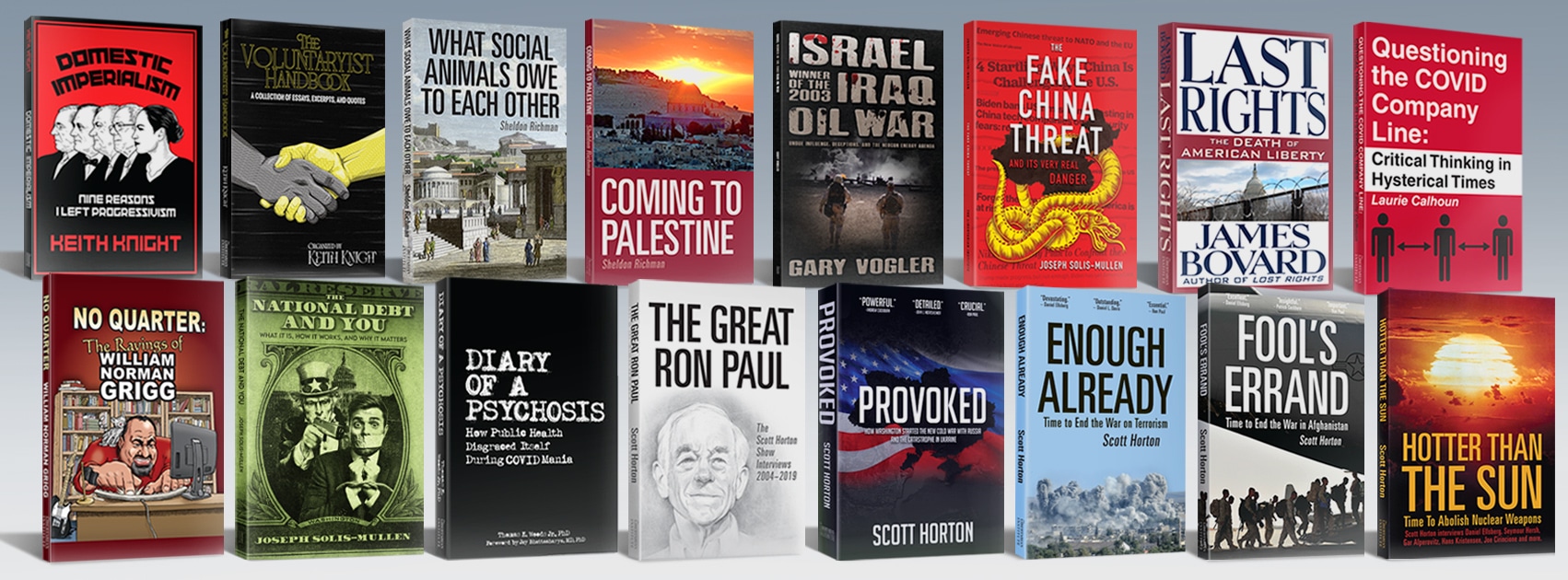While 68% of white Americans have a favorable view of the police, only 40% of African Americans and 59% of Hispanics have a favorable view.1 Attitudes have changed little since the 1970s when 67% of whites and 43% of blacks reported favorable views of the police. 2Racial minorities do not have monolithic attitudes toward the police. This report finds that Hispanics’ perceptions of police occupy a “middle ground” between black and white Americans’ views.
Republicans (81%) are far more favorable toward the police than independents (59%) and Democrats (59%). Nevertheless, majorities of all three groups share a favorable view.
- Confidence gaps matter: Groups who feel less favorable toward local law enforcement are less certain they would report a crime they witnessed. For instance, black and Hispanic Americans are more than 20 points less likely than white Americans to say they definitely would report a crime. Research finds that when the police have legitimacy, the law has legitimacy, which encourages compliance and cooperation.3
- No group is “anti-cop”: Although some groups have less positive views of the police, survey findings weaken the assertion that these groups are “anti-cop.” For instance, few individuals have “unfavorable” views of law enforcement. Instead, 40% of African Americans, 28% of Hispanics, and 18% of whites are conflicted and report having “neutral” feelings toward the police. A quarter of Democrats and independents and 13% of Republicans share such feelings.
Furthermore, it’s hard to argue that any group is “anti-cop” since no group wishes to cut the number of police officers in their communities (9 in 10 oppose) and majorities are sympathetic toward the difficulty of police work.4 About 6 in 10 believe officers have “very dangerous” jobs. However, these groups diverge widely on whether Americans show enough respect for officers these days—64% of whites, 45% of Hispanics, and 34% of blacks say Americans don’t show enough.
Read the rest at the Cato Institute.






